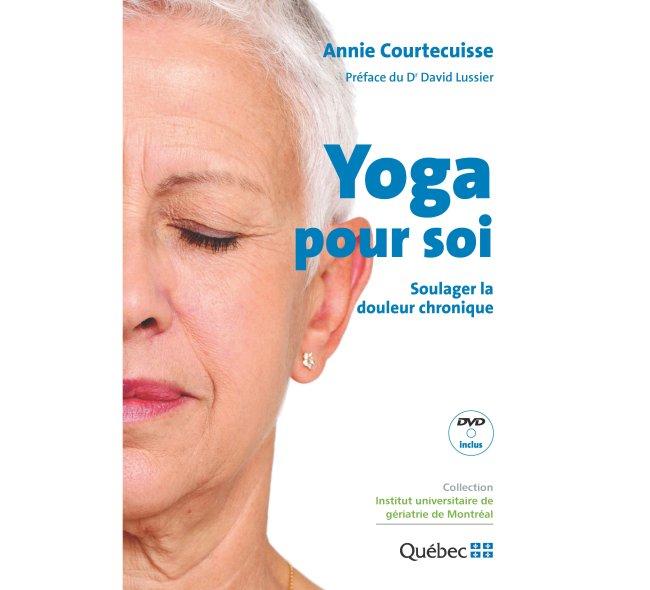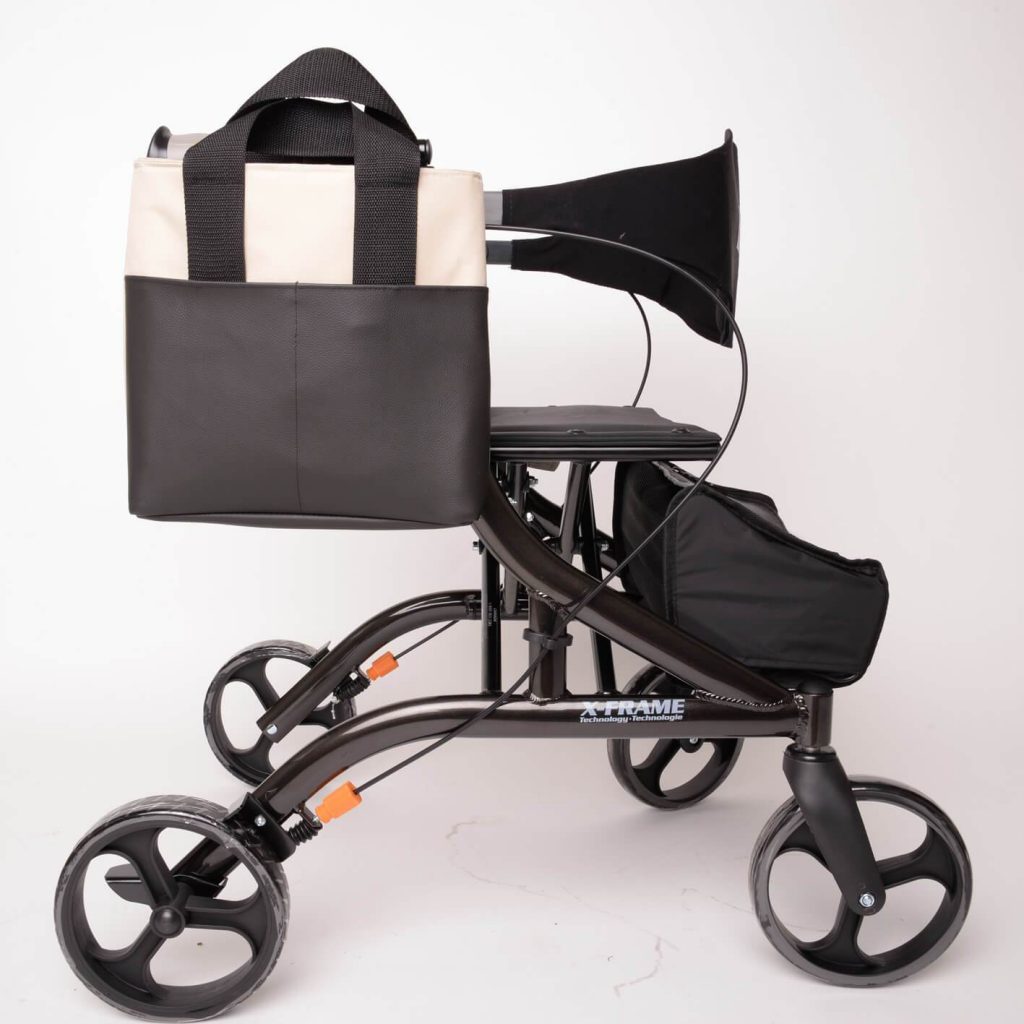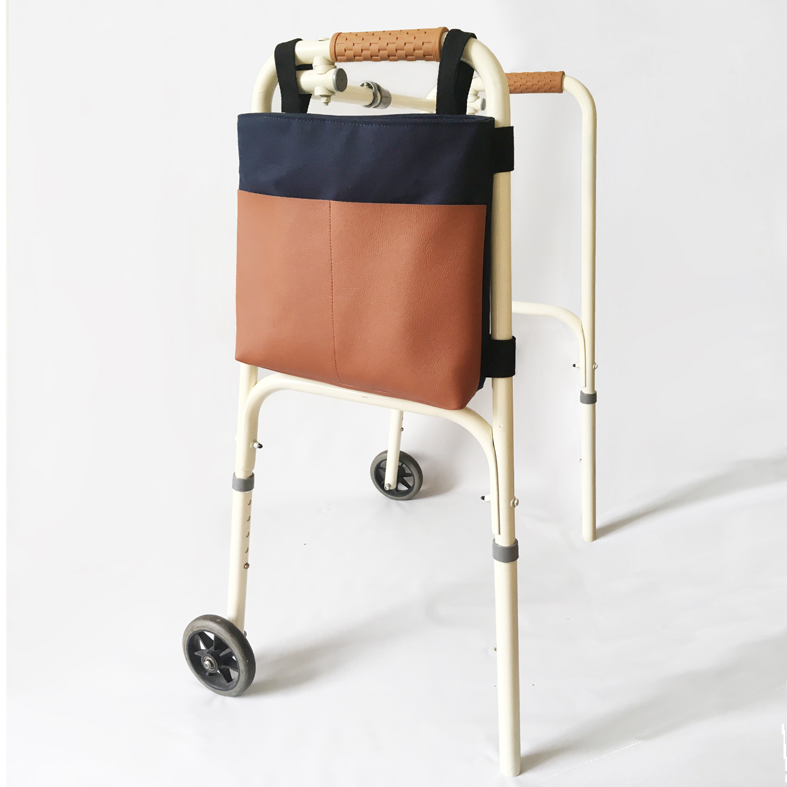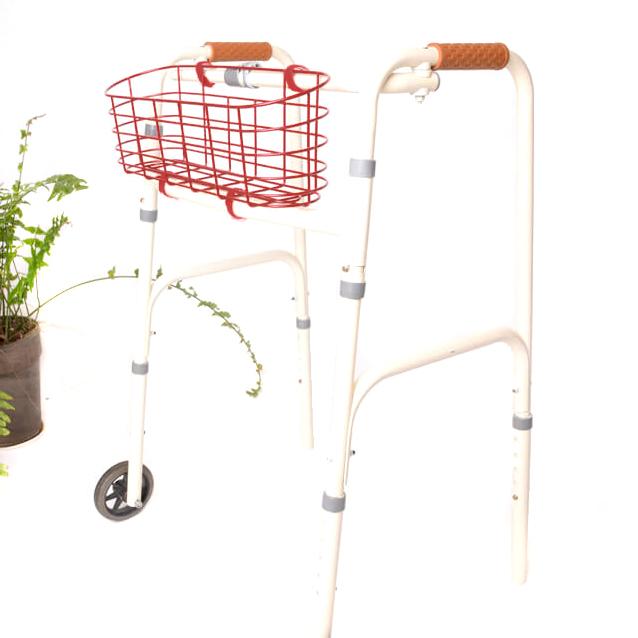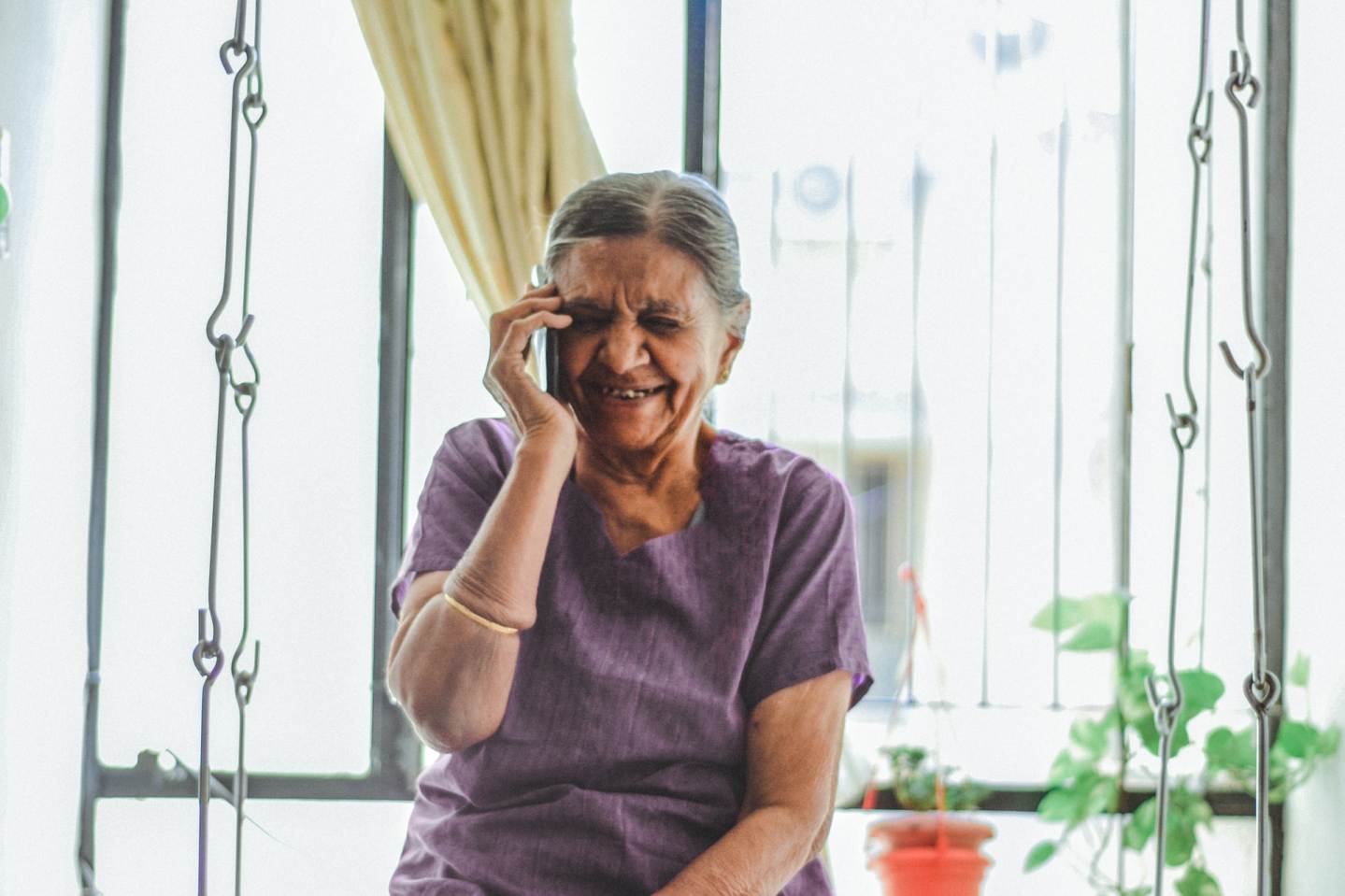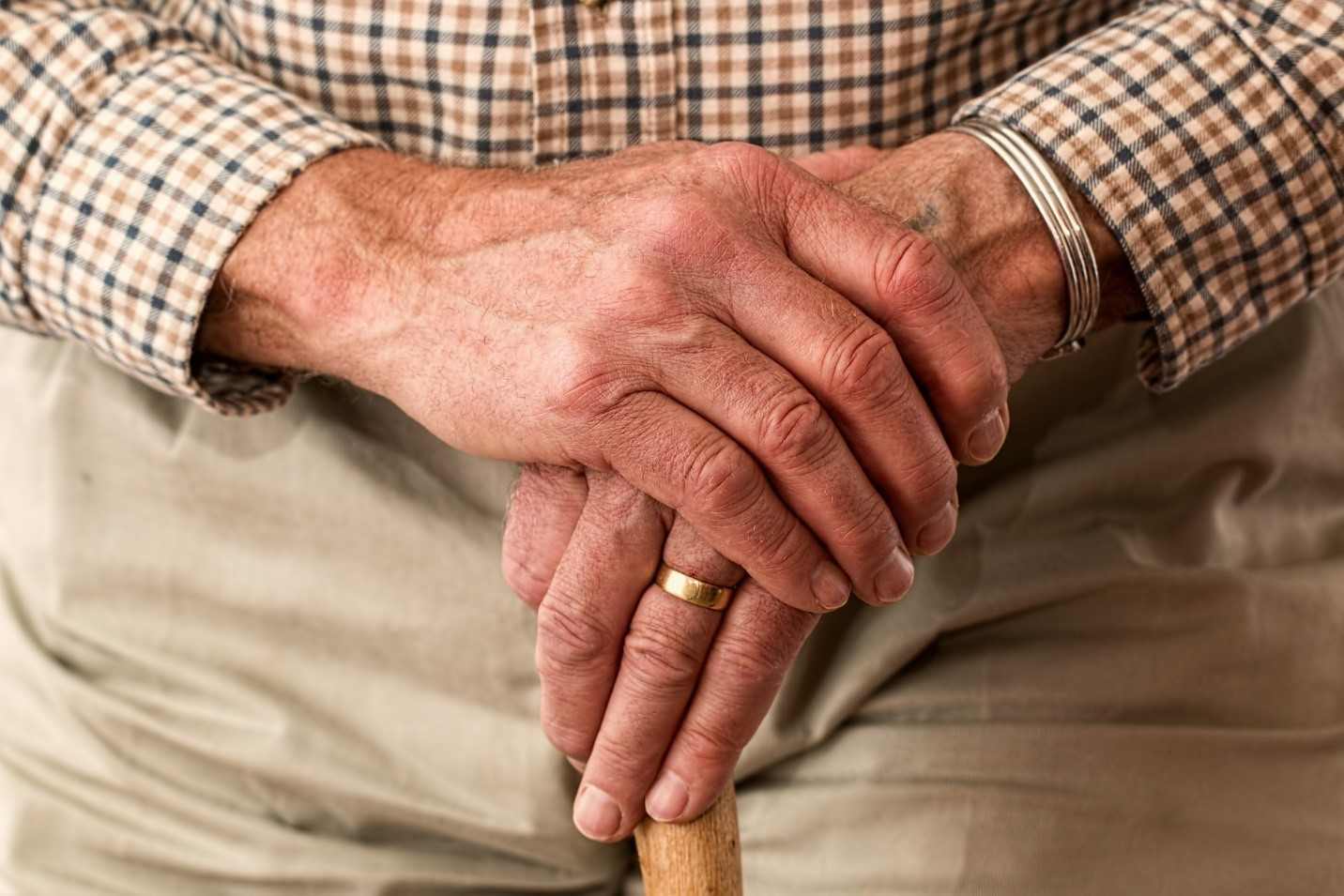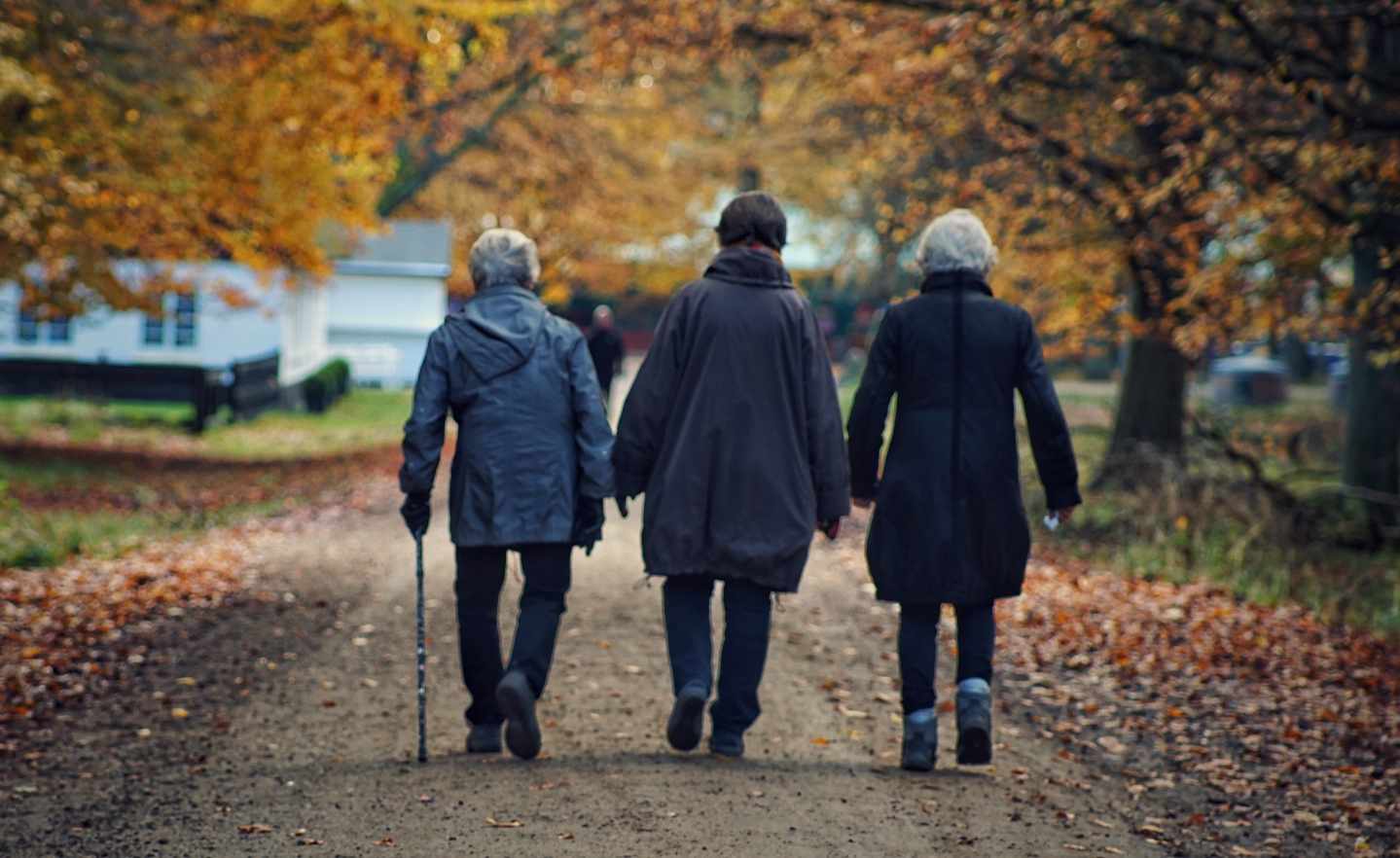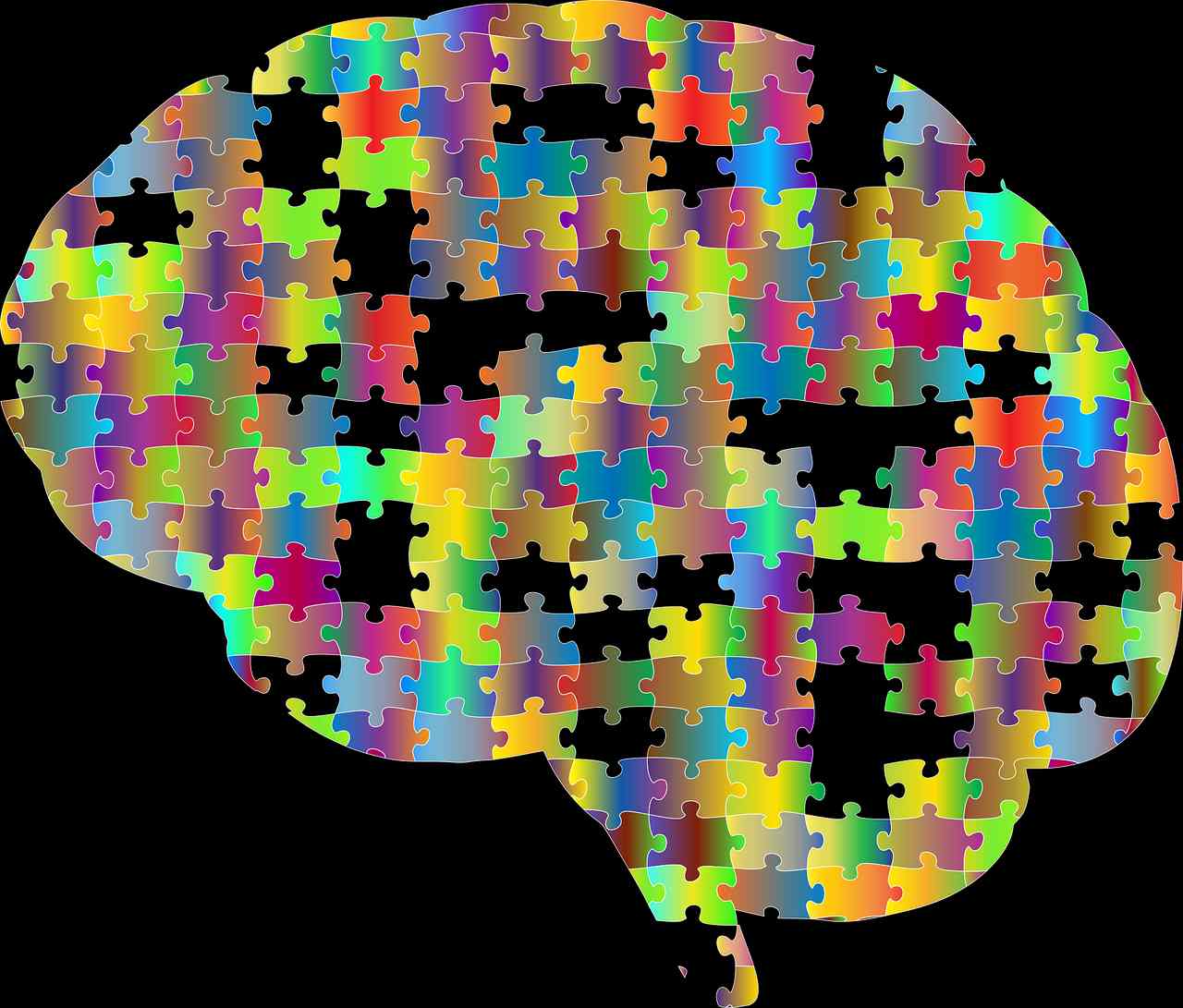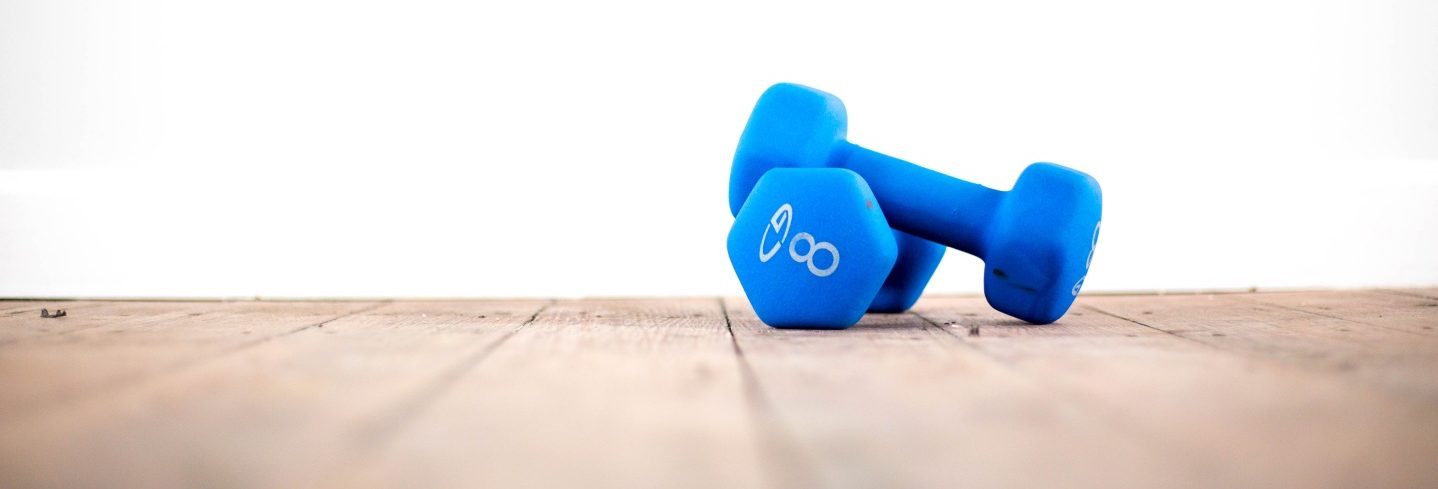
Seniors and Exercising: How to Stay Active During Self-Isolation
At the beginning of 2020, the COVID-19 pandemic forced the world to self-isolate at home and imposed a more sedentary lifestyle. Under these conditions, it is more important than ever for older adults to stay active. Here are some answers to frequently asked questions about how the elderly can continue to stay active during self-isolation.
Why is it so important for older adults to exercise during confinement?
- Prevent deconditioning:
Prolonged inactivity brings about physical deconditioning, which means the loss of muscle mass, strength, flexibility, etc. Exercising can maintain muscle strength and increase physical fitness. - Lower the risk of falling:
Deconditioning also brings about balance and mobility loss, leading to falls. Staying active can therefore reduce the risk of falling. - Reduce boredom and improve mental health:
The unpredictability of this unprecedented situation can be stressful for seniors who are more vulnerable and days spent at home can feel long or lonely. Having a routine that includes some exercise can keep an individual occupied and relieve some stress. - Increase energy levels and improve daily life:
Maintaining strength and mobility enables seniors to practice their favorite hobbies, which in turn, is good for their morale!
How to motivate your elderly loved ones to exercise?
- Encourage them with a reminder phone call or do the program with them from your home. It is more encouraging and comforting to start a new activity with a loved one rather than alone.
- Integrate exercise into activities that they already enjoy. Kill two birds with one stone! If your loved one likes, for example, bean bag tossing, it is a great activity for moving the arms, walking and even working on balance.
- Go progressively. Plan with your parents or grandparents to start their new routine with two to three sessions per week. It is less intimidating than asking them to start exercising every single day.
- Set realistic goals. Good goals are SMART (specific, measurable, achievable, relevant, and time-bound). Set some short-term and long-term objectives with your loved ones.
- Create a clear and concise routine. Work with your loved ones to be clear in their exercise program. Good examples include going on a 15-minute walk around the block after breakfast or a specific workout program before dinner on Mondays, Wednesdays, and Fridays.
- Be supportive! Encourage your elderly loved one by asking about their workout – their favorite parts and the parts they didn’t enjoy. Help them adapt their program to get a motivating and balanced routine.
What exercises can be safely done at home?
With the gradual resumption of activities starting May 2020, several activities such as tennis, golf or hiking are will be accessible again. For seniors that prefer staying active at home, it is important to take various precautions, particularly for those that have not been exercising in a while, including:
- Exercise in a safe environment (remove any obstacles, have a stable support nearby if needed, exercise in closed shoes or barefoot).
- Pay attention to any discomfort (lightheadedness, pain, lack of mobility etc.). Stop and adjust your exercise or consult a healthcare professional when in doubt.
- Progress slowly. Start with less repetitions and sessions; then progress as the exercises become easier.
Going on walks outside whilst respecting the measures in place is a good way to exercise and get some fresh air. At home, going up and down the stairs, doing some housework or gardening are great ways to stay active.
There are also online exercise programs available. A great example is the Le GO pour bouger! program from the Directrice régionale de la santé publique de Montréal.
This program consists of 5 units of different exercise routines adapted to older adults of various mobility levels. Each routine is about 10 to 15 minutes long and a guide helps you choose the right level of exercise for your loved one. Each routine can be printed for convenience. There will also be follow-along videos available for each unit.
As a result of COVID-19, we will have to adapt to a more sedentary lifestyle with social distancing restrictions in place. Therefore, it is more important than ever to keep physical activity in our elderly loved ones routine.
To read more about the recommendations for exercises for older adults:






